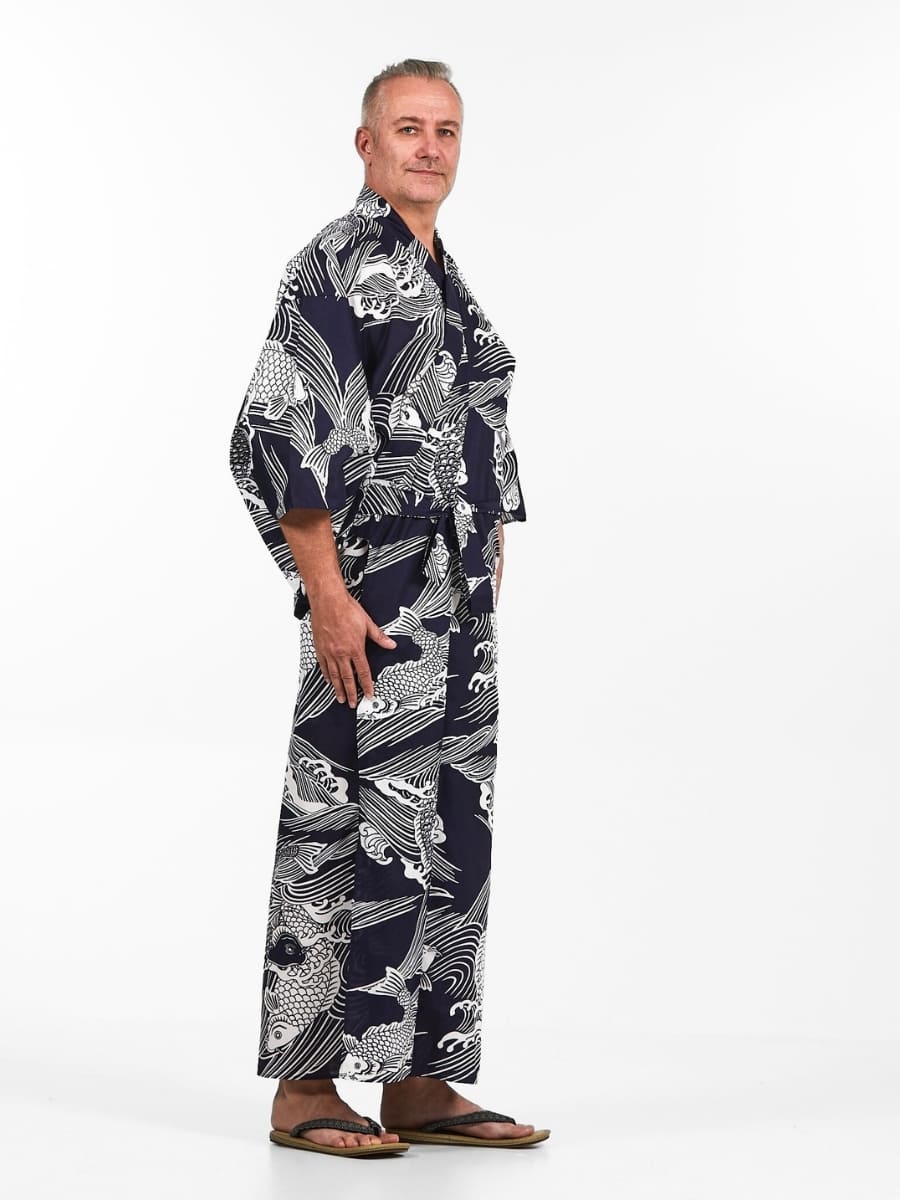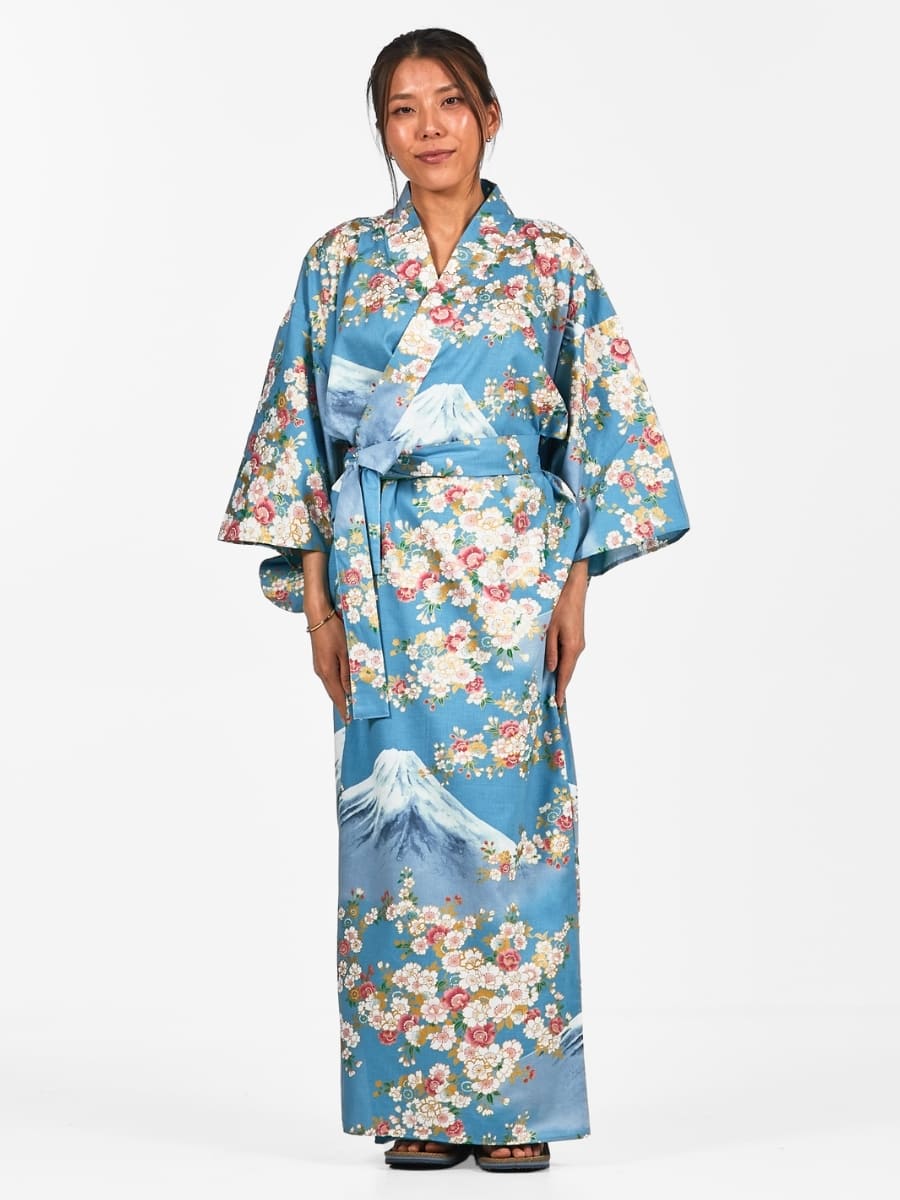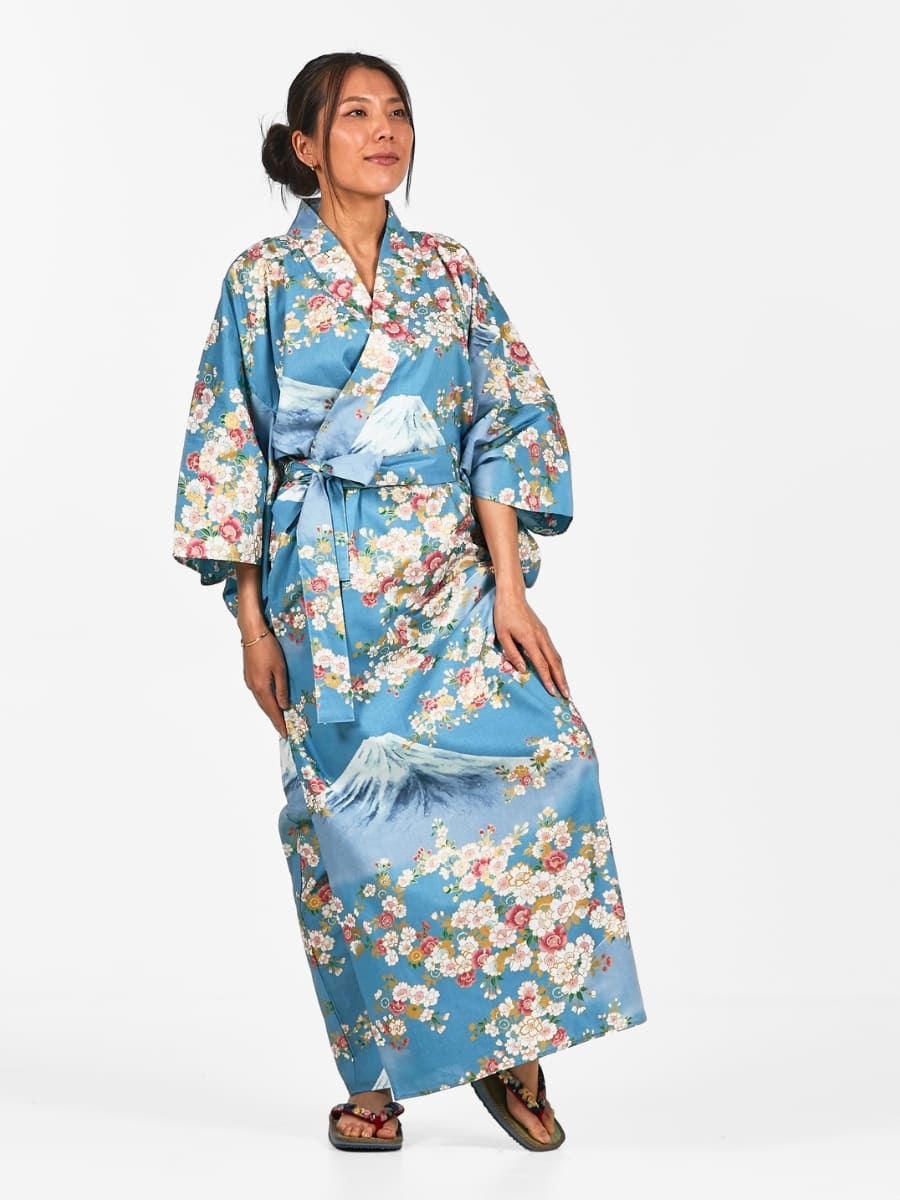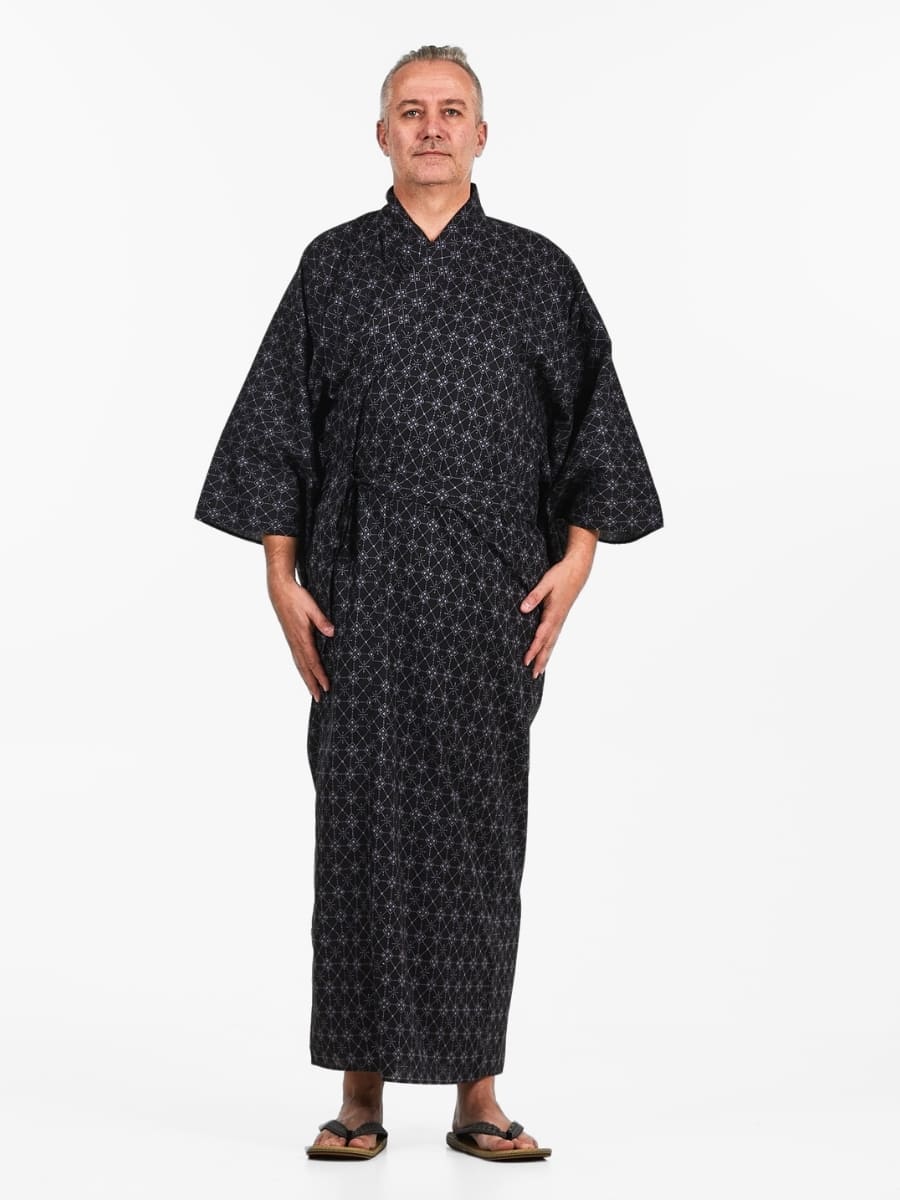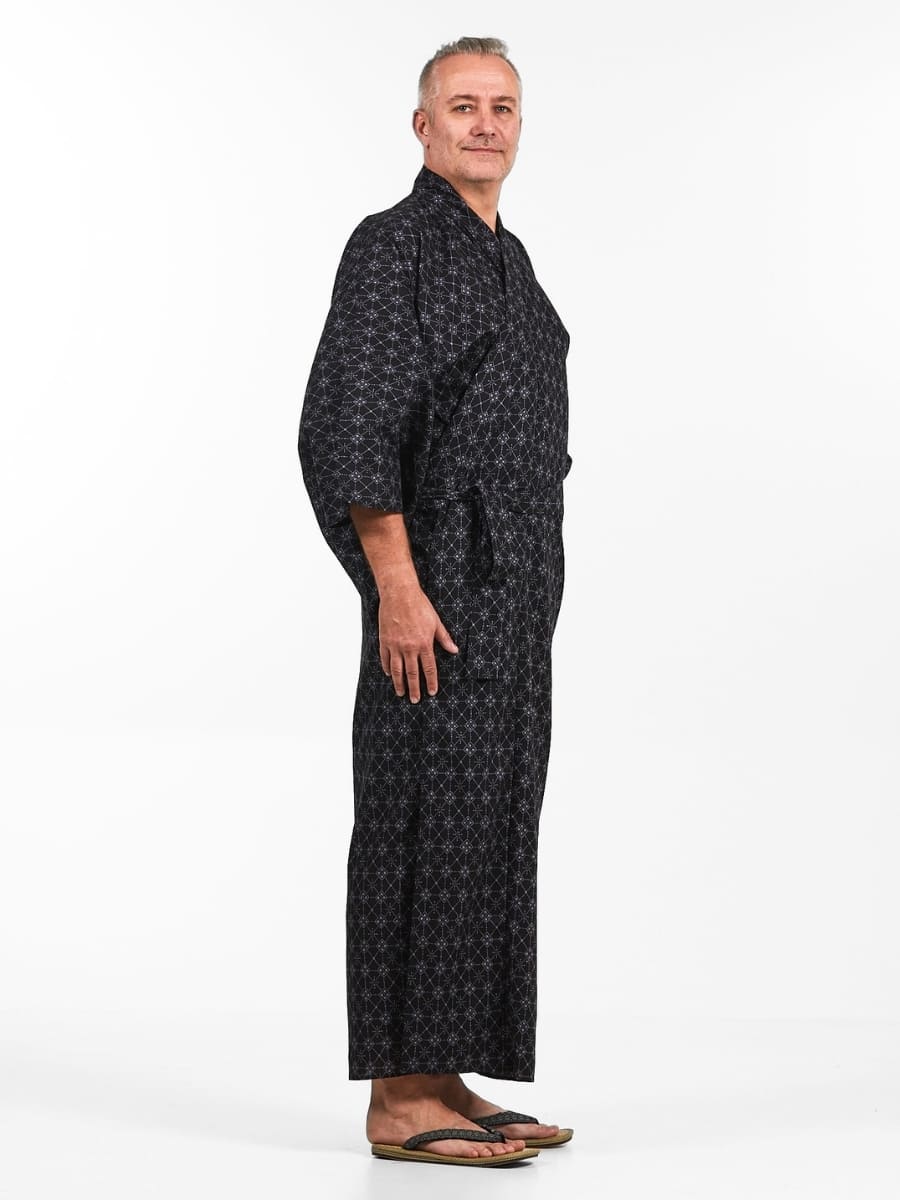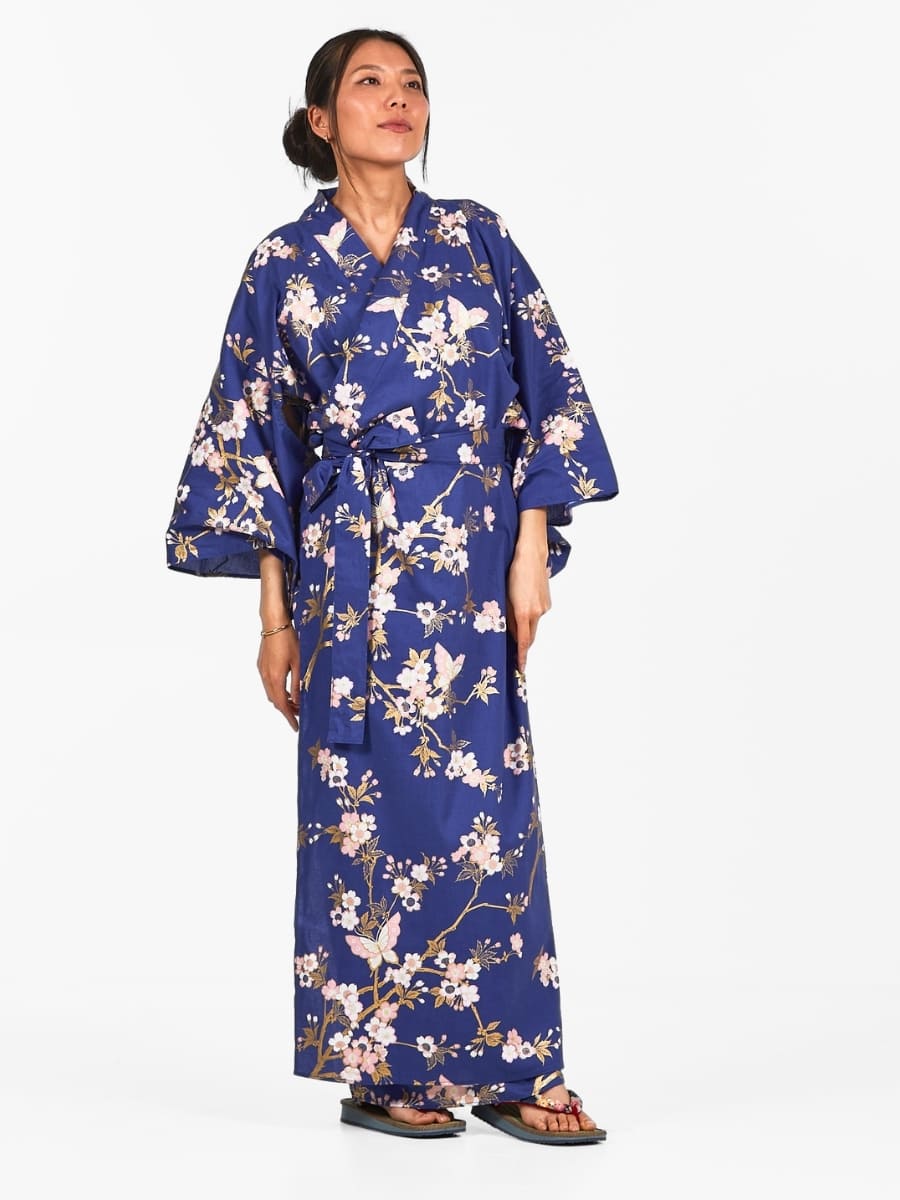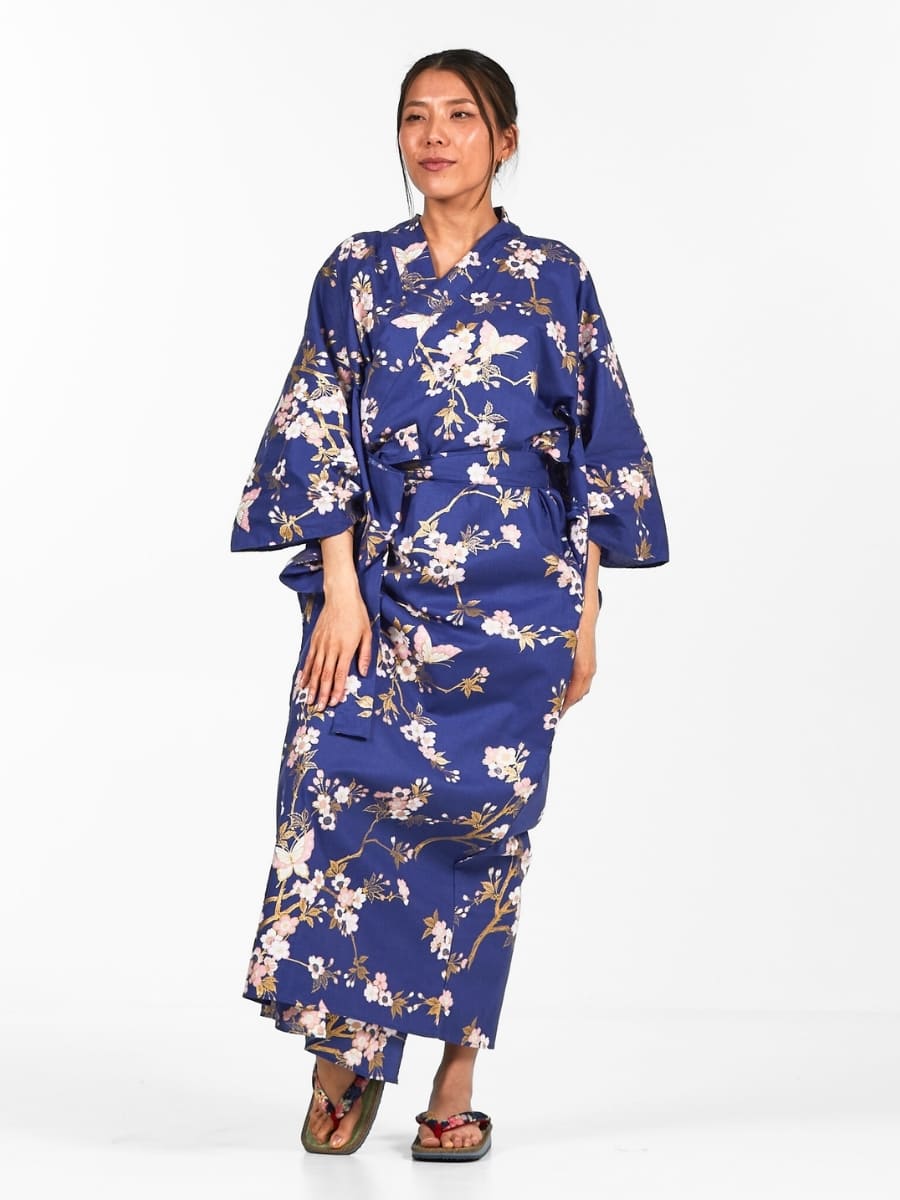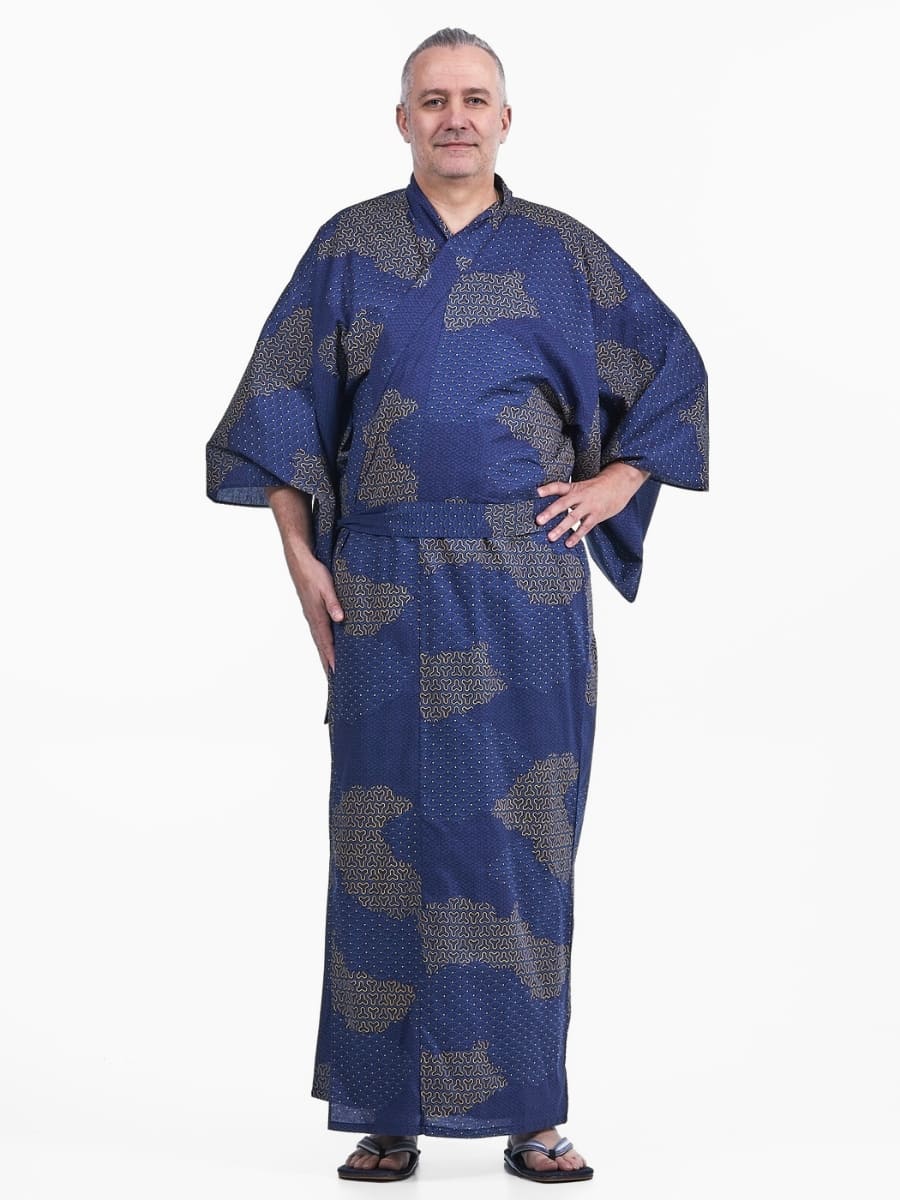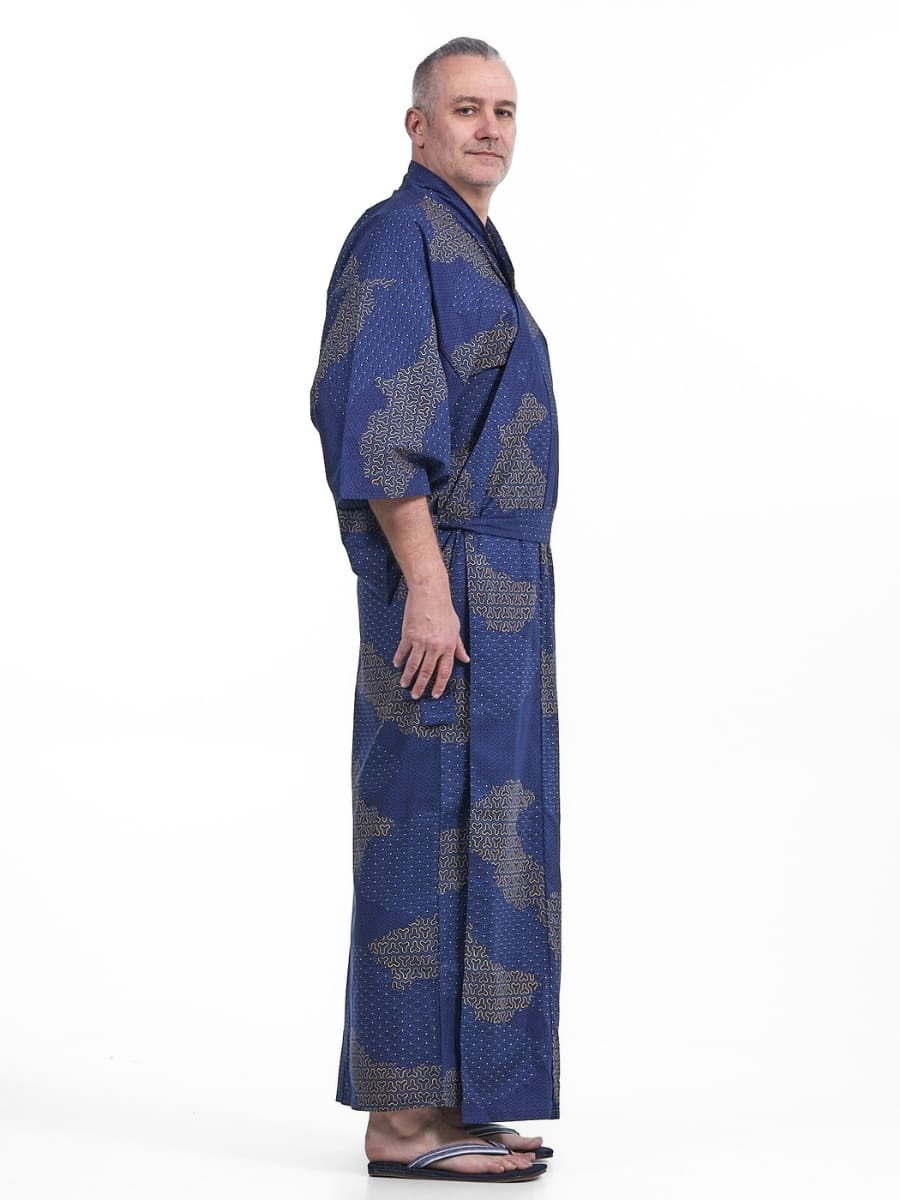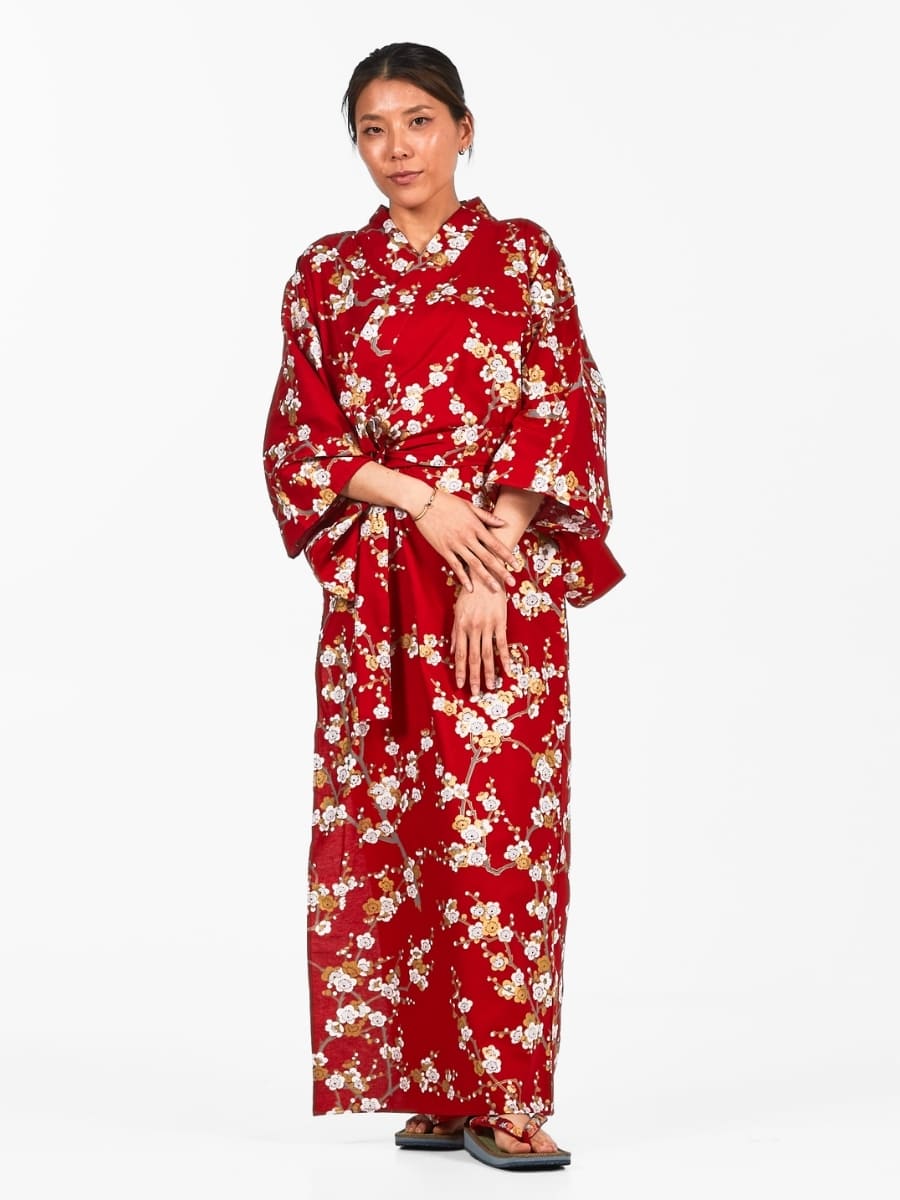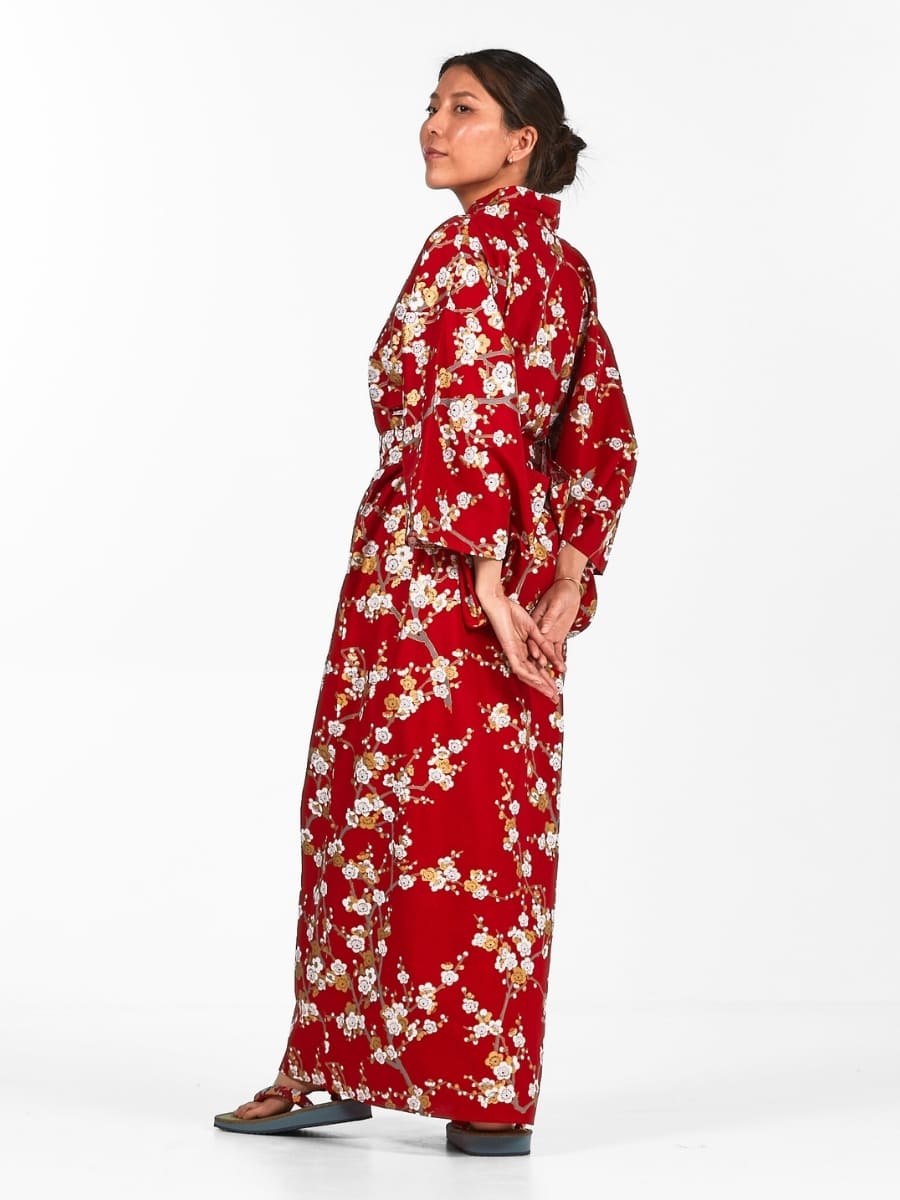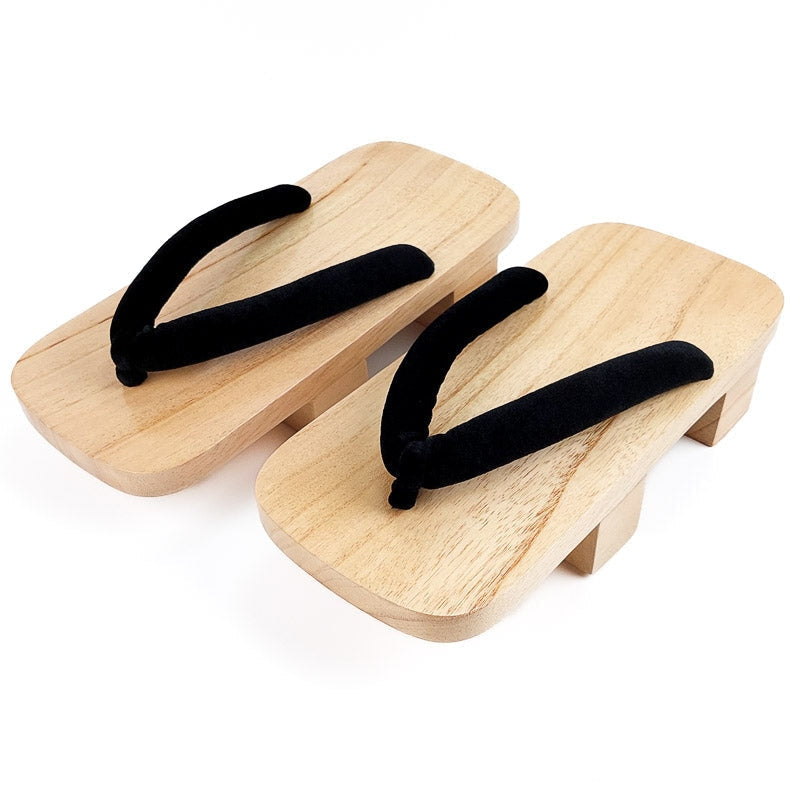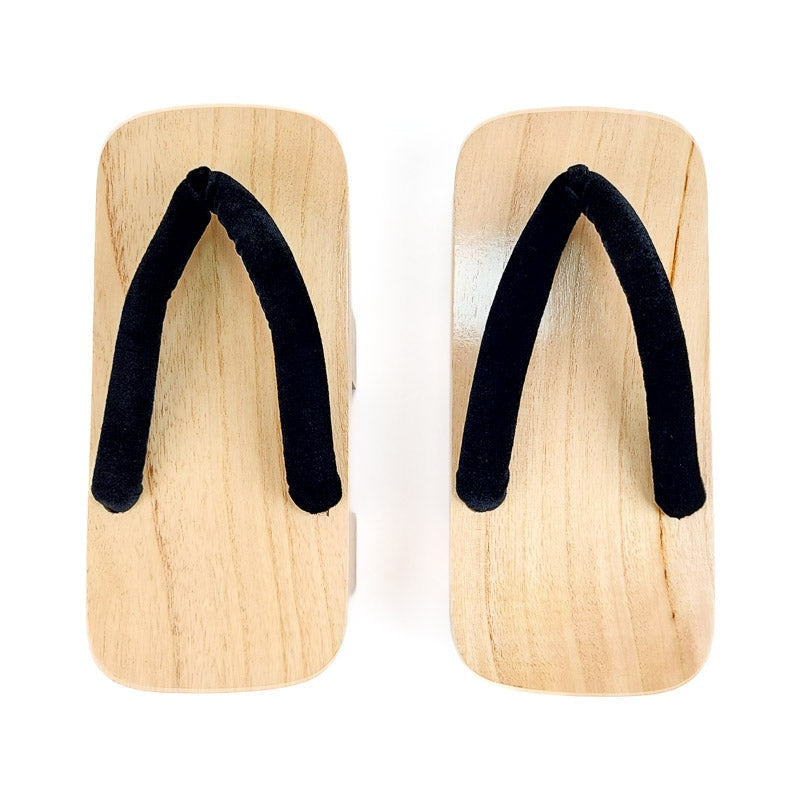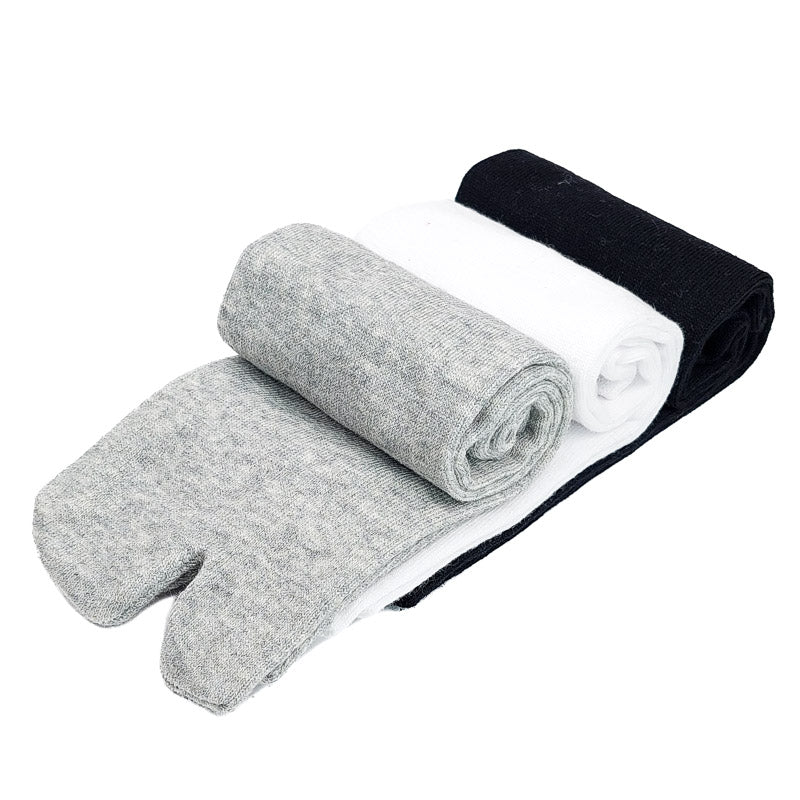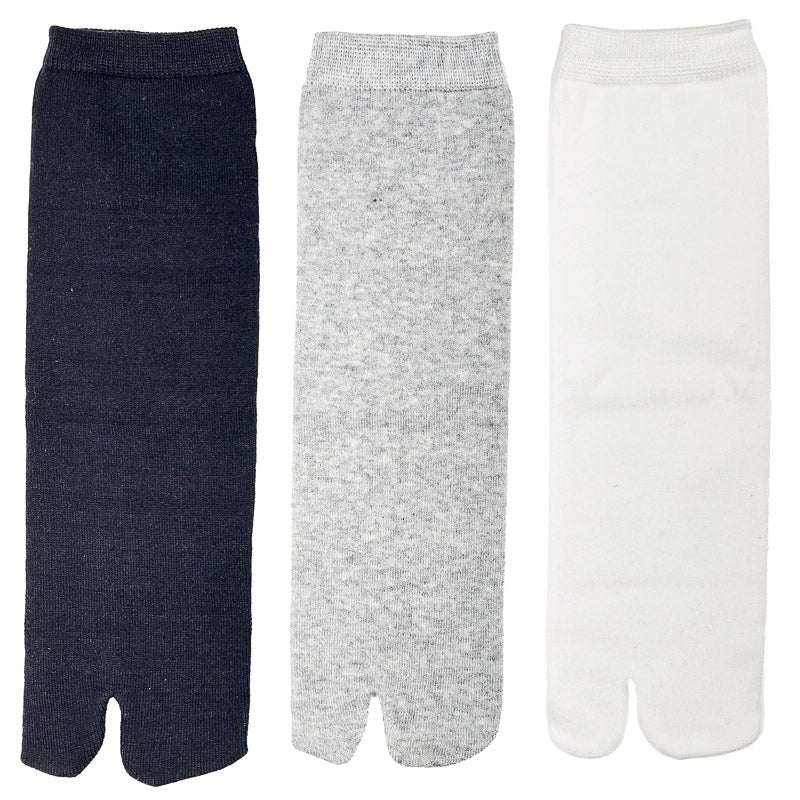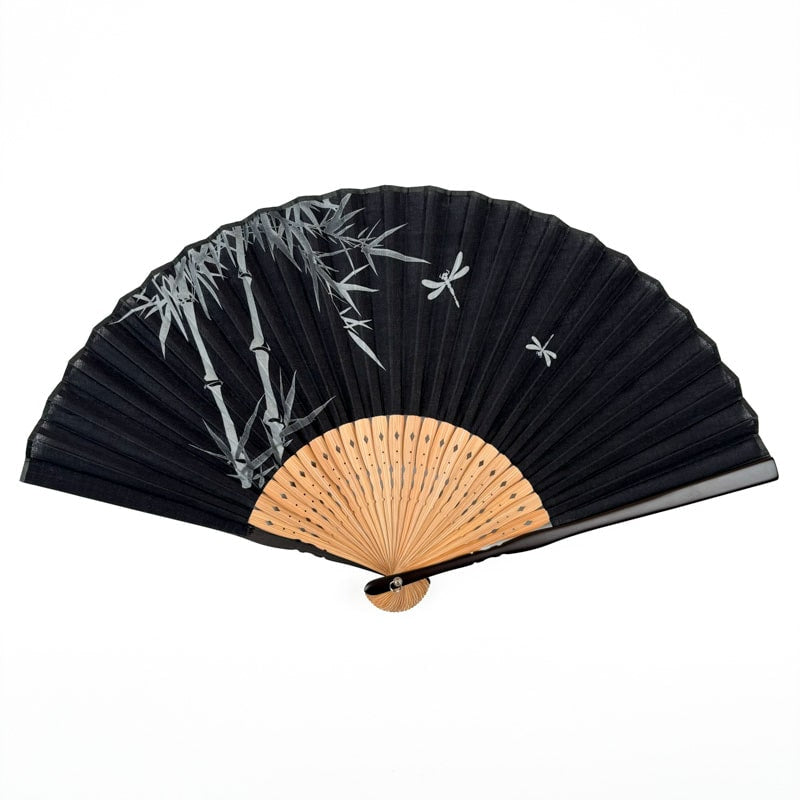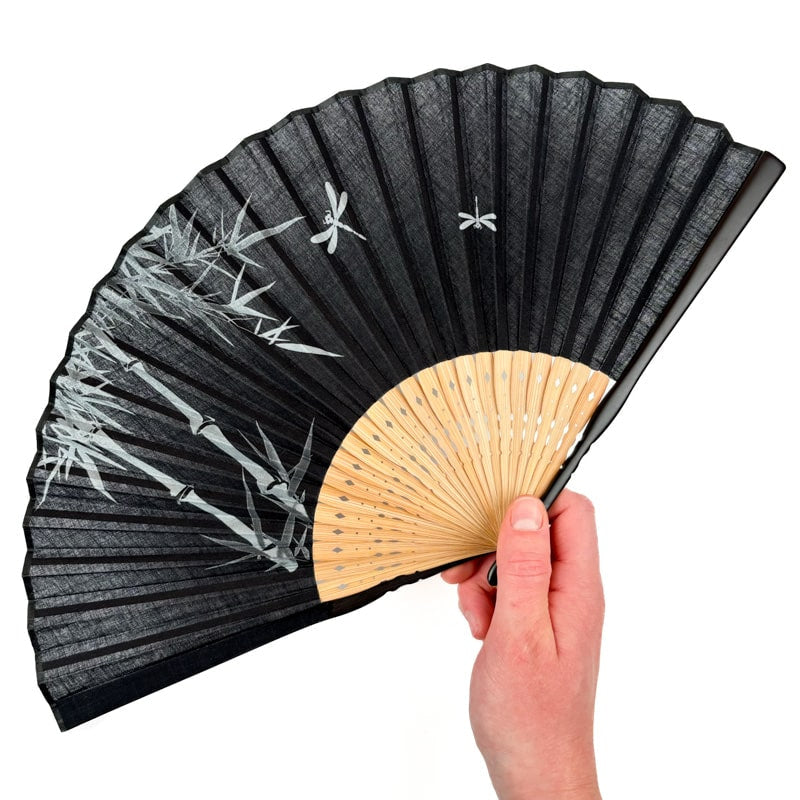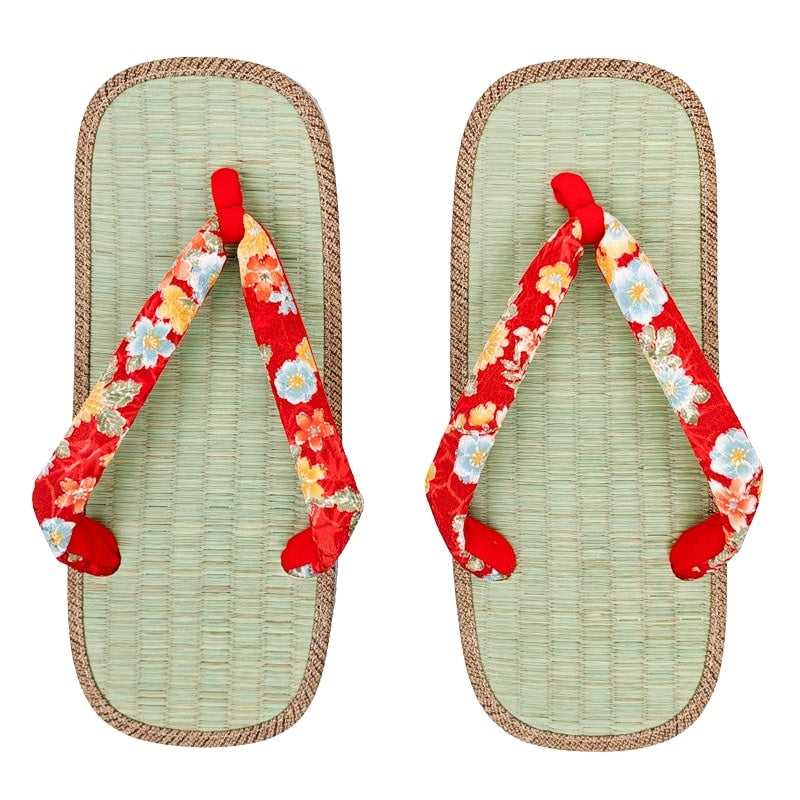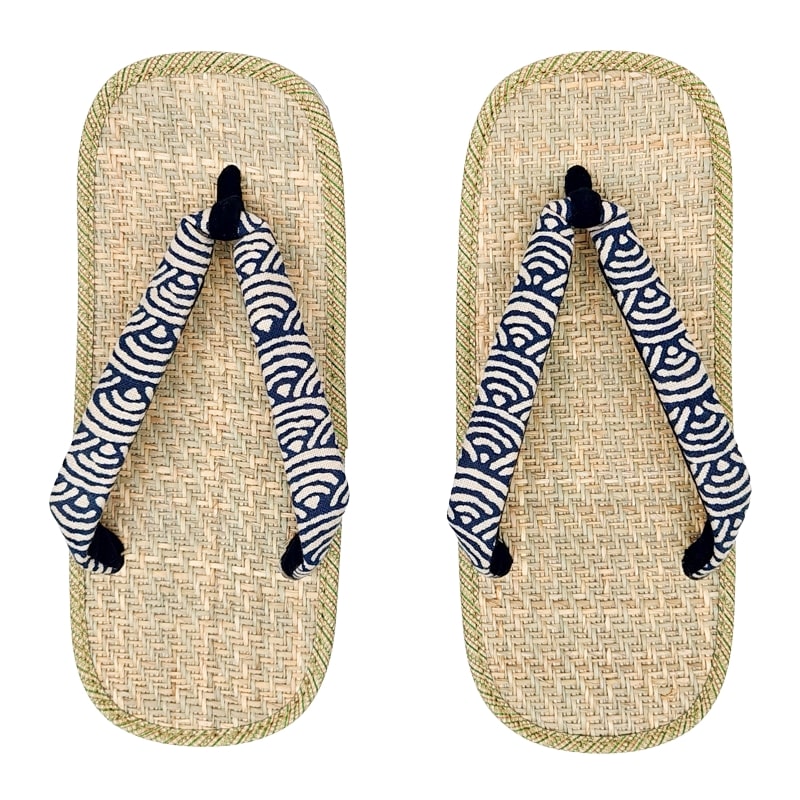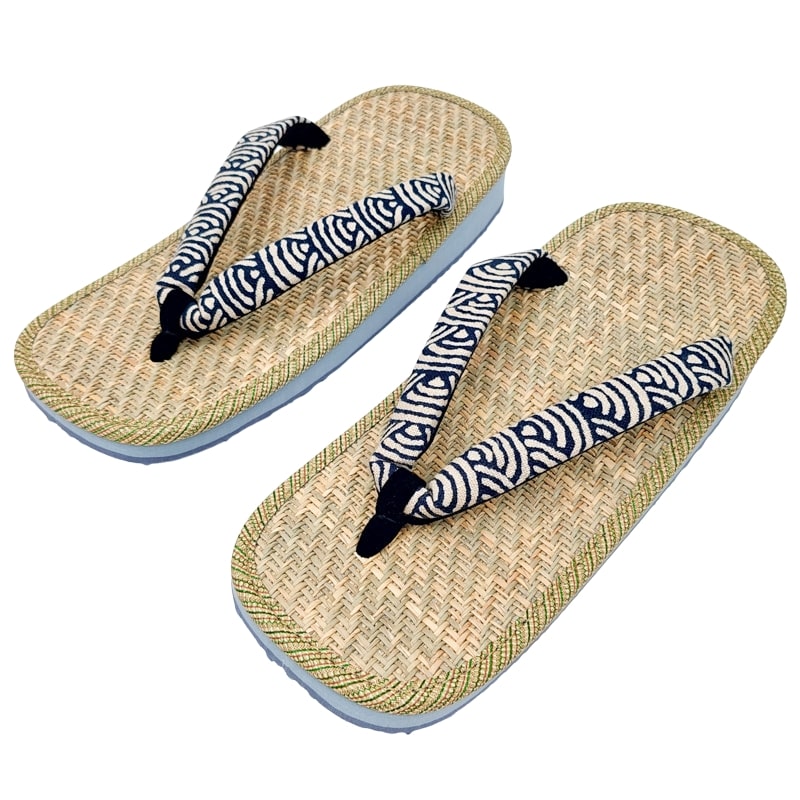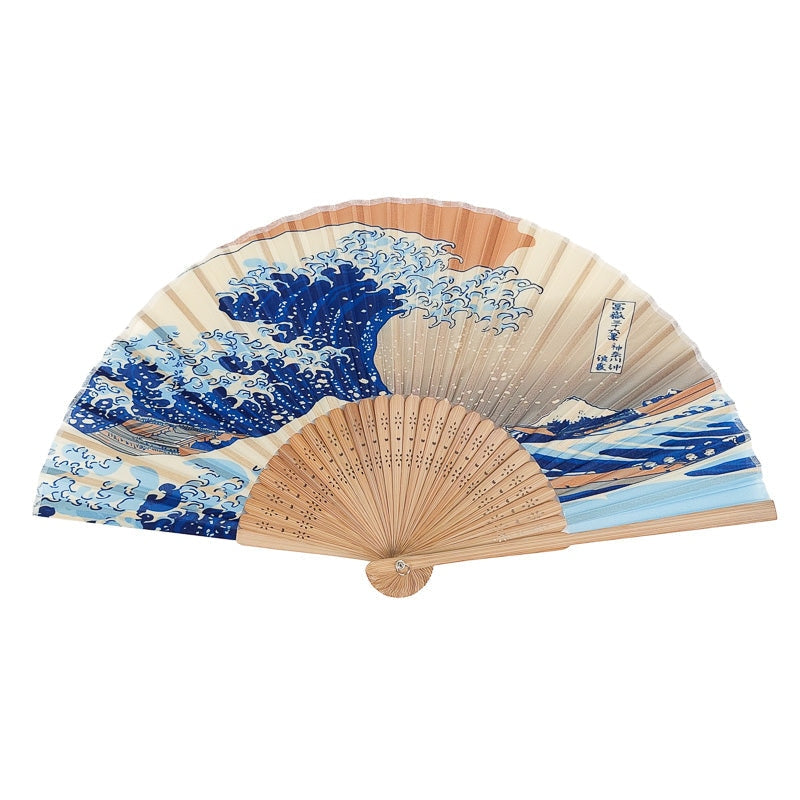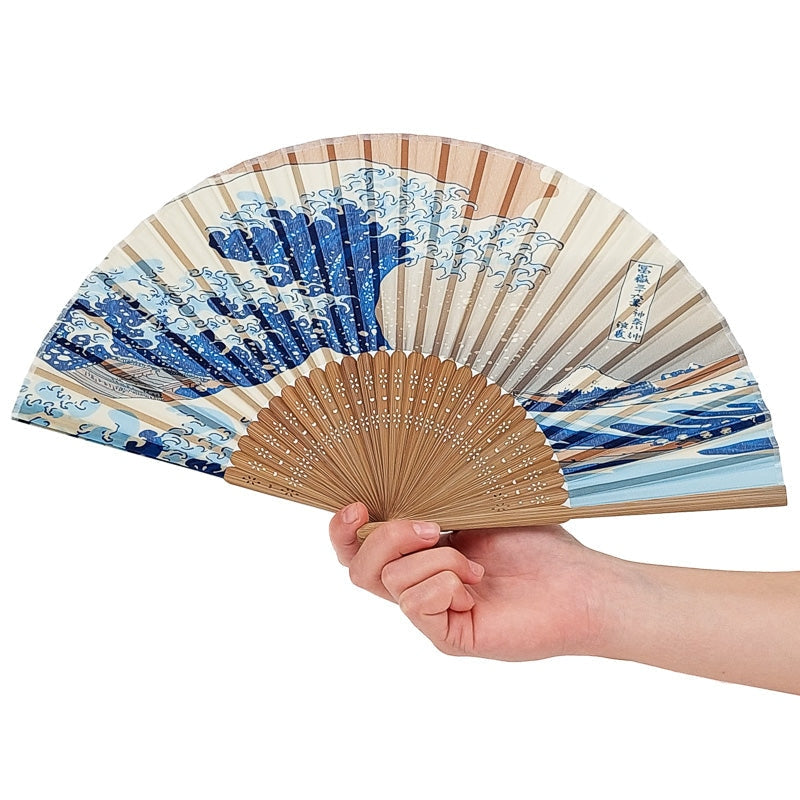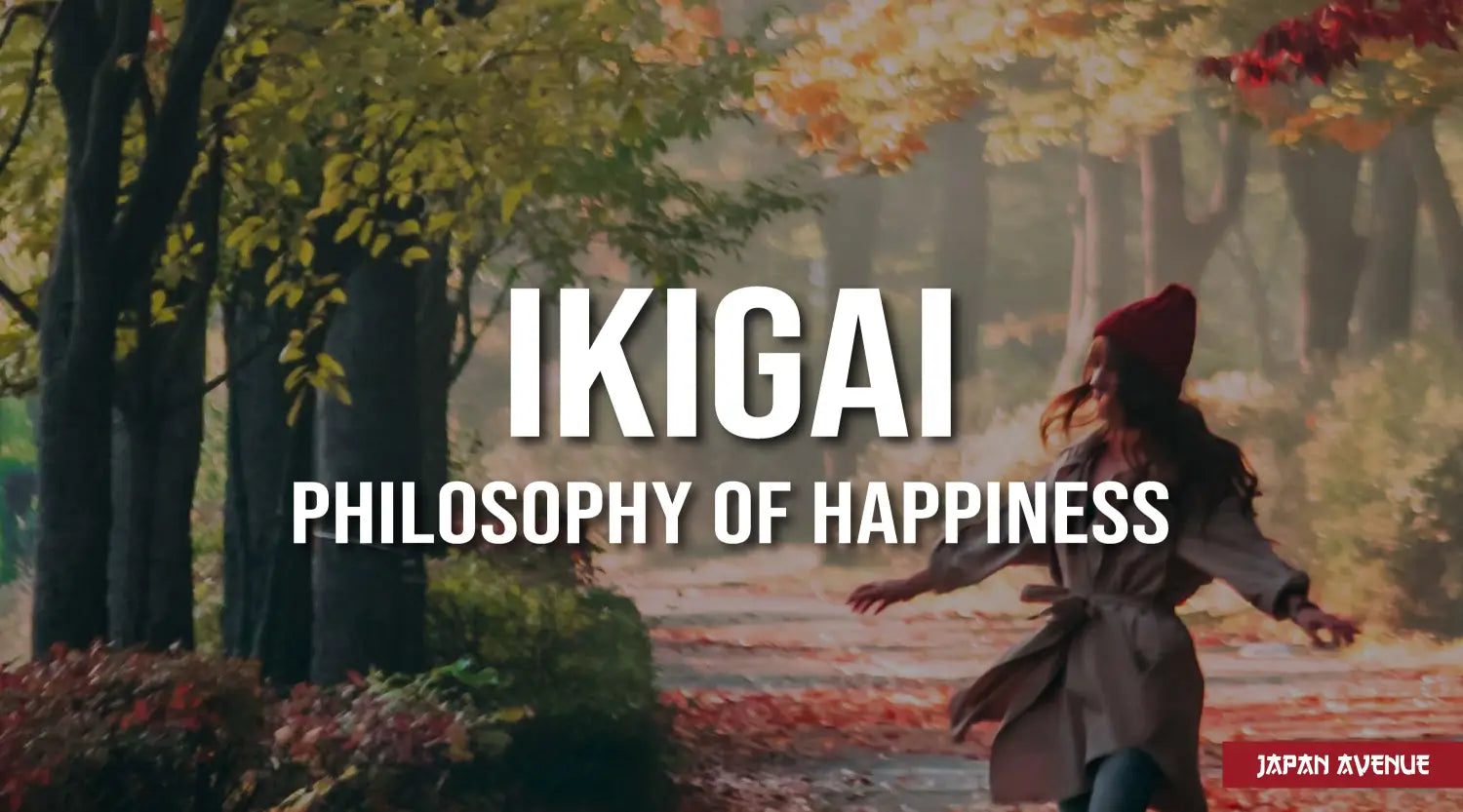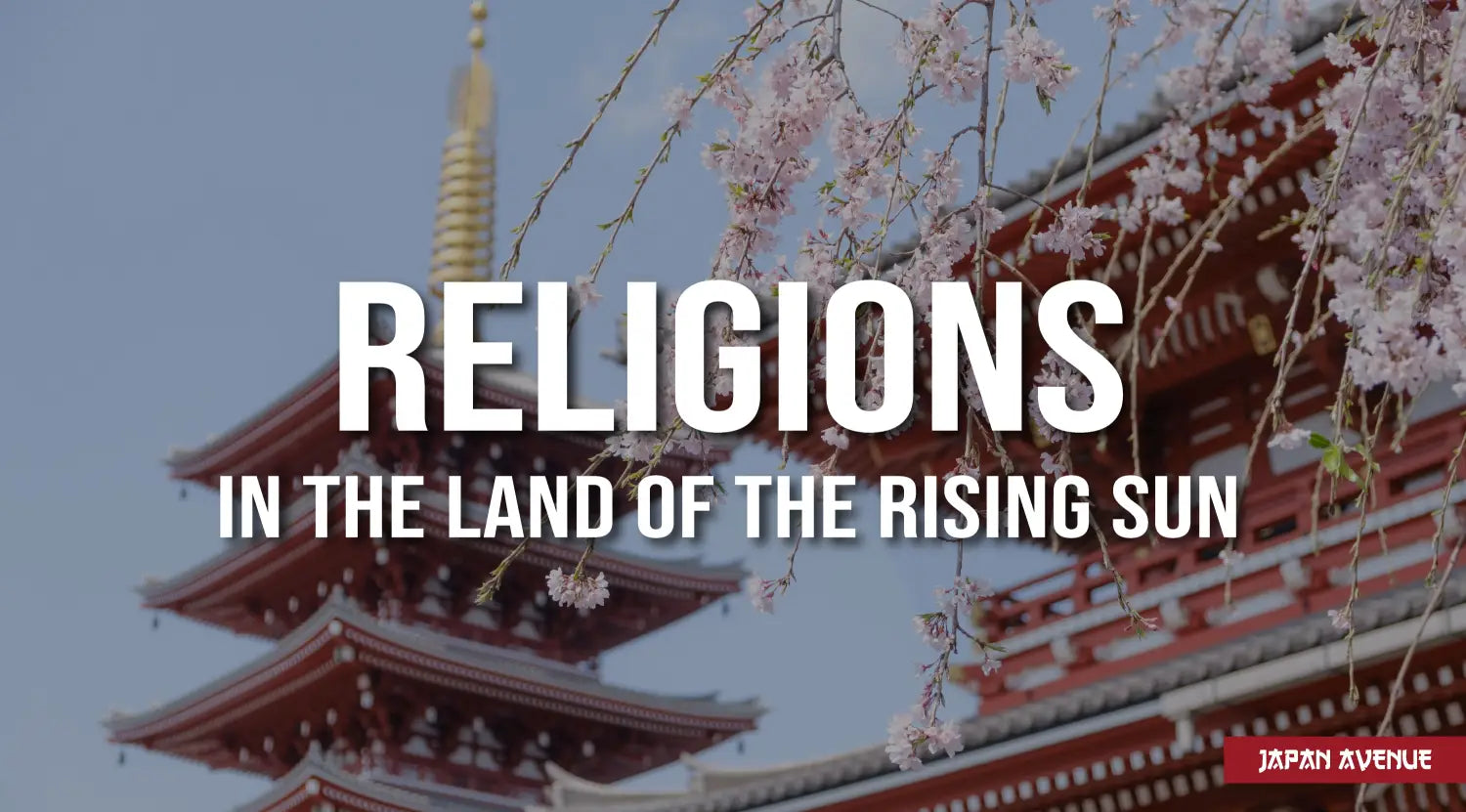Music, dance, street parades and a good dose of folklore 🥳 ... matsuri in Japan enliven the streets in summer, much to the delight of the people.
Matsuri are the traditional Japanese festivals that mark the seasons. During these religious or folk festivals, locals parade through the streets, dressed in yukatas and enjoying the festivities.
Under the crowd, you can feel the intensity of the atmosphere. Let's have a closer look at what a matsuri looks like in Japan and which are the best known ones.
🤓 What is a matsuri?

Gion Matsuri / credits: W-E-Z on DeviantArt
Originally, a matsuri is a Shinto religious festival which takes place everywhere in Japan in villages and big districts in order to honor the gods. Each year, the deity comes down to its shrine where he or she is welcomed by the inhabitants who pay homage.
Nowadays, the term is no longer reserved to religious ceremonies since it designates all important festivals and events whether they are Shinto, Buddhist or even simply cultural. There exists numerous matsuri in the archipelago, of any scale and of any kind.
During these ancestral rites, people gather in a festive atmosphere, dance and parade through the neighborhoods, enlivened by local folklore.
⛩ How a matsuri takes place

Traditional dances / source: ohmatsuri.com
During a Shinto matsuri, the priest invites the deity of the shrine to come down to Earth. The relic is placed in a mikoshi, a kind of chair carried by the worshippers, then the priest recites incantations to invite the kami to be incarnated in it. The mikoshi is carried throughout the neighborhood to bless the inhabitants. At some festivals, this age-old ritual is performed with floats that move through the streets. Matsuri are often accompanied by traditional dances or fireworks.
Somewhat like a funfair, there are small stands (yatai) to taste local specialties and get drinks. What to delight the most greedy (or the most festive 😉). The favorite street food dishes are takoyaki, small balls filled with octopus, the okonomiyaki, a kind of Japanese pancake and the yakisoba, or fried noodles. You can also enjoy crushed ice with syrup (kakigori), beer and sake.
Festival goers also have plenty of fun with goldfish fishing stalls for kids, shooting games, for adults and other pinball, hoop or dart throwing activities.
👘 What outfit to attend a Japanese festival?

source: Unsplash.com
During the matsuri, traditional clothes are in the spotlight. In summer, it is the perfect occasion for wearing a yukata. This Japanese cotton garment, both elegant and lightweight, is very pleasant to wear when the weather is hot. It is often accompanied by an Obi (traditional Japanese belt).
It is also quite common to find Japanese people wearing kimonos during the most formal festivals. As this garment is more elegant and expensive, the Japanese reserve it for special occasions. The mikoshi wearers and dancers wear a happi kimono, a kind of long jacket adorned with symbols representing the shrine in honor.
Along with these Japanese clothes, feel free to wear traditional shoes. The geta and its characteristic toothed wooden sole are a must with the yukata. In a more formal style, zori are flat sandals worn with a kimono. Jikatabi are very comfortable ankle boots with a split toe, formerly worn by ninjas and samurai. Nowadays, they are popular among festival goers. Also remember to wear tabi, Japanese socks, to go with these footwear.
You can also bring a kinchaku or drawstring bag adorned with patterns, very useful to store your wallet. Lastly, to ventilate yourself in the hot weather, feel free to bring your Japanese fan.
💟 The most popular Japanese summer festivals
In Japan, summer is the best time for festivals. As the weather is favorable, most of the major festivals are held outdoors. There are various types of matsuri, more or less ancient, more or less popular. Besides, if you visit Japan in July or August, here are 7 famous Japanese festivals not to be missed!
1) 🏮 Mitama matsuri, the lantern festival
In Tokyo, from July 12 to 15, join the magnificent lantern festival that illuminates the alleys of the Yasukuni (Chiyoda) shrine. This event, in honor of the spirits of Japanese soldiers who died during the war, attracts both locals and foreign tourists. The program includes culinary tastings, theater and traditional dances as well as a parade of floats.
2) ⛵Tenjin matsuri, one of the biggest festivals
Every year, on July 24 and 25, the Tenjin matsuri welcomes a huge number of people in Osaka. The matsuri starts at Tenmangu shrine after performing religious rituals to invoke Sugawara Michizane, the god of culture. No less than 3,000 people dressed in traditional costumes parade to the Okawa River to carry the relic. This festival is famous for its portable shrine parades, dances and boat procession. The Tenjin Matsuri ends with a big fireworks show that lights up the river. It is one of the biggest matsuri in Japan. An event not to be missed!
3) 😲 Gion matsuri, famous for its floats
Well known for its gigantic floats, this ancient festival takes place in Kyoto in July. The parade of July 17 is the most popular. On this day, the streets are turned into pedestrian areas and adorned with flowers, banners and lanterns to welcome the parade of floats. The floats are true mobile museums, magnificently decorated. During the Gion matsuri, many street food and game stalls are lining the streets. If you want to attend this great Japanese festival, go to the Yasaka shrine, where the event starts. Note that in 2009, the matsuri was listed in the World Intangible Cultural Heritage.
4) ⭐ Tanabata matsuri, the festival of stars
During the Tanabata festival, Japan is filled with colors. People tie colorful strips of paper or cranes containing poems or wishes addressed to deities on bamboo stalks. This matsuri is held every year on July 7 and celebrates a beautiful Japanese legend: the love story between two stars who meet every year on the 7th day of the 7th month. Sendai (Miyagi), Shonan Hiratsuka (Hiratsuka) and Ichinomiya (Aichi) are the most beautiful cities to celebrate this matsuri. A colorful festival not to be missed!
5) 🎆 Sumidagawa matsuri, the fireworks festival
Warning: if you like fireworks shows, the Sumidagawa festival is going to be a real must-see! In tribute to Hanabi, this huge festival organizes fireworks competitions. Every year this matsuri welcomes an incredible crowd on the last Saturday of July on the banks of Sumida in Tokyo.
6) 👹 Aomori Nebuta matsuri, a spectacular event
This festival, which is listed as a world intangible cultural heritage, is an extraordinary event. As soon as night falls, carriers of the luminous floats wander around the city of Aomori from August 1 to 7, accompanied by musicians and dancers. The floats are true works of art, sculpted in washi paper and representing figures from Japanese mythology. At the end of the event, they are thrown into the sea under the lights of fireworks.
7) 🕺 Awa Odori matsuri, a great dance festival
The most famous Japanese dance festival is probably the Awa Odori matsuri. This event, which takes place from August 12 to 15 in Tokushima (Shikoku island) is a festival of Buddhist origin which pays tribute to the ancestors during the Obon. The Awa Odori dance is celebrated. Every year, shamisen players and dancers, dressed in traditional costumes, animate the streets to the rhythm of the drums. A total immersion in the traditions guaranteed!
As you may have understood, matsuri are very important events on the Japanese calendar. Every year, these festivals welcome many spectators and tourists from all over the world, reviving the local cultural traditions. So, if you are planning a trip to the Land of the Rising Sun, be sure to experience a matsuri in Japan.



